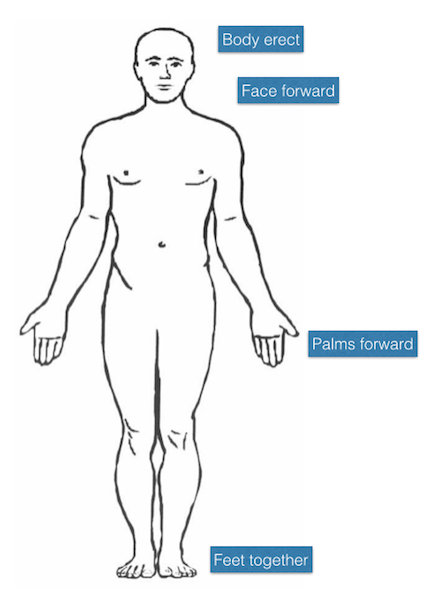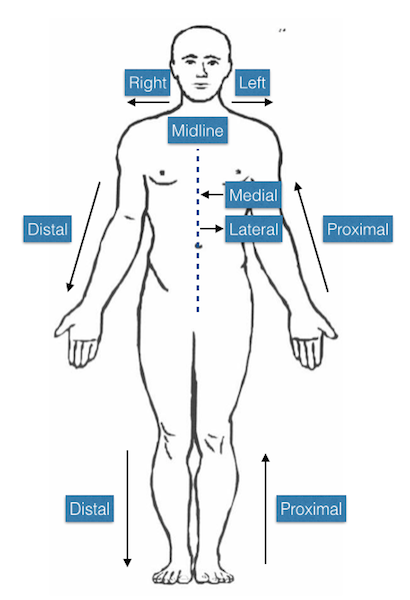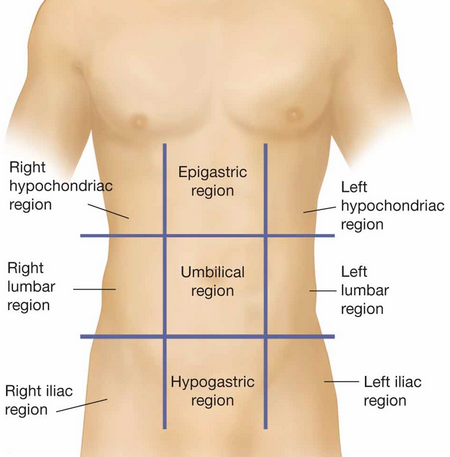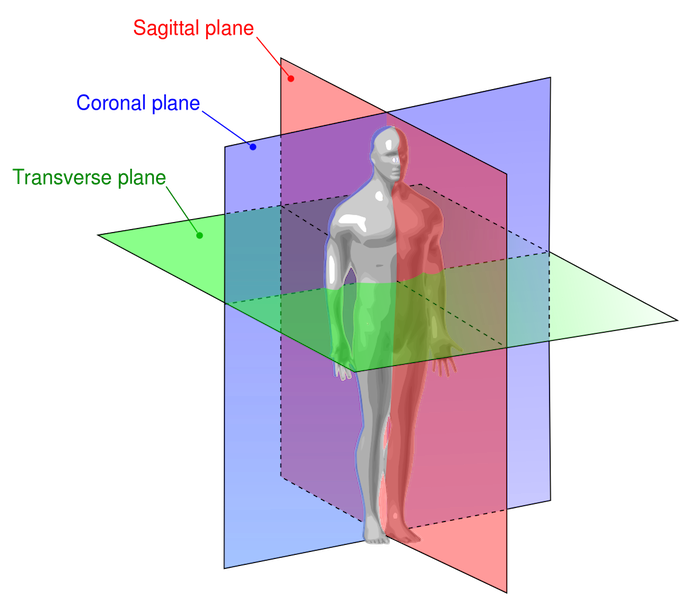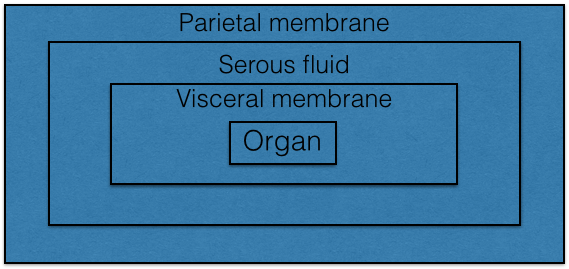Anatomy and Physiology is different from the other science classes you’ve taken, and there’s a lot of memorization. But despite the complexity of the subject matter, you’re not destined to fail. There’s a lot of information that’ll be thrown at you, most of which you’ll be hearing for the first time. In order to do well, don’t let yourself fall behind.
There’s still a lot of time before the Fall semester begins. Throughout the summer, I’ll be introducing some basic anatomy and physiology concepts. These are things that you’ll learn about at the start of your class, but going in with a foundation will help you keep your head above water. Feel free to leave questions or requests for certain concepts in the comments.
In this post, I will focus on directional terms, planes, body cavities, and membranes.
Anatomical Position
This is one of the most fundamental lessons you’ll learn anatomy, and you’ll refer to it often. It’ll help you to better understand directional terms and tell the difference between your right and your cadaver’s right.
This is the anatomical position:
I recommend that you stand up and mimic this pose, as it’ll come in handy throughout the semester.
Directional Terms
Superior vs Inferior: toward or away from the head
Cephalic vs Caudal: toward the head, toward the feet
Medial vs Lateral: relative to the midline
Proximal vs Distal: used for limb structures; closer or further from the torso
Superficial vs Deep: relative to the surface of the body
Anterior (Ventral) vs Posterior (Dorsal): forward or toward the back
Note: Always regard directions from the perspective of the cadaver
Examples:
- The head is superior to the stomach
- The spinal cord is dorsal to the sternum
- The toes are ventral to the heel
- The hand is distal to the shoulder
- The wrist is proximal to the index finger
- The nose is medial to the eyes
- The ears are lateral to the lips
- Skin is superficial to muscle
- Lungs are deep to ribs
Abdominal Regions
The abdomen is divided up into different quadrants and regions, which act as reference points for locating underlying organs.
It might seem like a lot to remember, but here’s where being familiar with basic medical terminology can help. For example,
Chondro/o means cartilage and hypo- means below, so hypochondriac refers to the area of the upper abdomen just below the cartilage of the ribs.
Gastric means stomach and epi- means above, so epigastric refers to the area of the abdomen just above the stomach. And since we already know what hypo- means, hypogastric refers to the area of the abdomen just below the stomach.
Umbilical should be easy to remember—left over from the umbilical cord is the belly button!
Lumbar refers to the lower part of the back, so these regions should be easy to remember. Right lower back and left lower back.
Ilium is the largest of the three hip bones. The iliac crest is the curved superior border of the ilium. You can actually feel this if you put your hands on your waist and push down. So the iliac region is near the pelvis.
Anatomical Planes
Sagittal plane: runs vertically through body, separating right and left
Midsagittal plane: sagittal cut through the middle of the body, creating equal right and left halves
Transverse (horizontal) plane: runs parallel to the ground, separating superior and inferior portions
Frontal (coronal) plane: separates body into dorsal and ventral portions
Body Cavities
A body cavity is a fluid-filled space whose primary purpose is to prevent friction. The body is divided up into four main cavities:
- Dorsal cavity: contains the brain and spinal cord
- Ventral cavity: (aka the thoracic cavity) superior to diaphragm, contains heart and lungs
- Abdominal cavity: inferior to diaphragm, contains stomach, intestines, and kidneys
- Pelvic cavity: contains urinary bladder and internal reproductive organs
The abdominal and pelvic cavities are often combined, forming the abdominopelvic cavity.
There are smaller serous cavities within the larger cavities for specific organs that also serve to reduce friction. They’re composed of:
- The visceral serous membrane: cells lining the organ itself
- Serous fluid: produced by membrane; functions as a buffer
- The parietal serous membrane: located more superficially from the organ
A great way to remember this is to think of a baseball glove. The part that touches your hand is the visceral membrane and the outside of the glove is the parietal membrane. The space inside surrounding your hand is the serous fluid.

